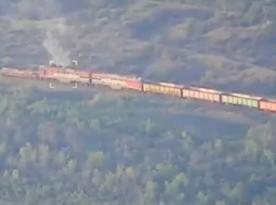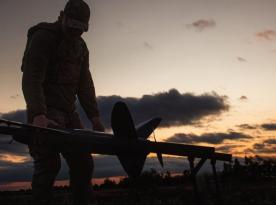Images have appeared in open access showing that one of the downed russian kamikaze drones, Shahed-136, intercepted by the Ukrainian air defense, had installed video camera and 4G/WiFi modem.
Likely, this setup operates as follows: the camera transmits the "picture" through the modem, and the operators of the russian UAVs receive images from the broadcast as if through a transmission in Telegram.
Read more: Shahed-136 Potentially Got DGPS Navigation Units: Why russians Install Them and What Advantage They Offer
This is mentioned in the publication of the Telegram channel "Colonel GSH".

The authors of the resource suggest that the russians resorted to such makeshift "upgrades," presumably to document hits or misses on designated targets. This may also be to fixate points where our air defense systems are operational.
"Considering the low level of technological sophistication of such a solution, it can be assumed that these measures are currently being implemented with on-site launches to confirm the impact on targets (possibly to receive monetary compensation)," the authors of the resource suggest.

From Defense Express, we will add that this is currently the first publicly available documentation of russians installing video cameras on their Shahed drones.
At the same time, as we can understand from the above, it is currently only about the tool for capturing important information, rather than the modification of the long-range kamikaze drone control system.
However, this is not the first instance where russian occupiers have resorted to such makeshift methods of attaching devices to their UAVs, possibly for the purpose of documenting the locations of drone shoot-downs and, consequently, the points where the Ukrainian air defense operates.
For example, in January 2024, it became known about the discovery of a tracker for UAV navigation on the Orlan-10.

Read more: Ukraine Launches Mass Production of Brave1 Robotic Ground Platforms, 50+ Systems Tested














